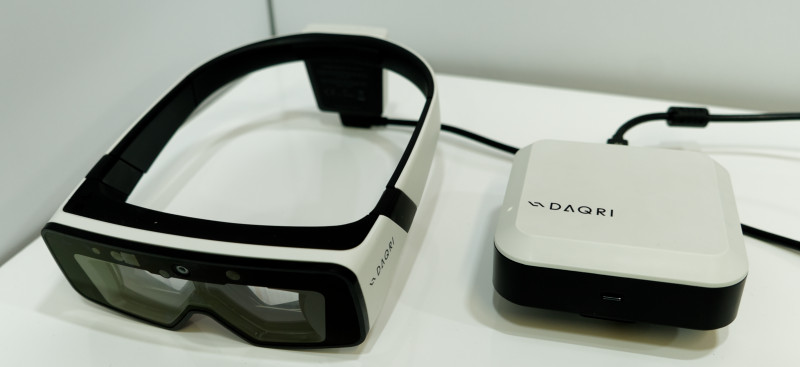We met with VESA only a couple of months ago at CES, so there was not a huge amount of news, but there were plenty of discussions!
The new version of DisplayStream Compression is getting close to finalisation. The demand for the new version is based on a desire by those with mobile devices to get more compression. The current DSC specification is very light in terms of complexity and memory requirements and that reduces the compression possible. However, mobile devices have very high end semiconductors and so more memory or complexity is possible, so more compression is easily available.
The way that USB Type-C has been implemented is not always according to the standardised USB Type-C with Alt Mode. Samsung, for example, prefers to use a non-standard method to connect to displays, which relies on the DEX module to breakout the display signal. So the DisplayPort signal is sent via the connector, but is split out to an HDMI connector for the display. You can’t connect a standard device to the Galaxy and expect to see a display. As we have reported elsewhere, the Huawei Mate 10 Pro, in contrast, supports a VR headset which uses, apparently, DisplayPort to drive the displays and USB to feed back the sensor data from the headset.
There is also a lot of interest in driving higher resolutions with DisplayPort for VR applications and there is a clear desire among vendors for support for 4K resolution per eye.
 Daqri’s Headset uses DisplayPort Alt Mode. Image:Meko
Daqri’s Headset uses DisplayPort Alt Mode. Image:Meko
VESA told us that Cosemi has now developed optical fibre connections for DisplayPort which can support cables of 10m to 30m.
Cables have been under development, as well and VESA has tried very hard to develop a cable that could be kept the same over the long term, rather than needing different cables for different applications. There has been good development of the technology and HBR3 can be supported up to 3 metres using cables that are surprisingly light and thin, given the high bit rate.
 VESA’s 8K Cables can now be certified and can be made surprisingly thin and light. Image:Meko
VESA’s 8K Cables can now be certified and can be made surprisingly thin and light. Image:Meko
However, at the highest levels, there is a need to ensure that cables are really well made – which often comes down simply to the care taken in the detailed assembly. There is a DisplayPort 8K certification process that allows cables to support HBR3 for 8K and cables are marked accordingly. VESA told us that quite often, by improving the quality of cable, you can often save money in the connector, so overall, the cost of higher quality does not go up as much as you might expect. 8K certified cables are starting to become available.

